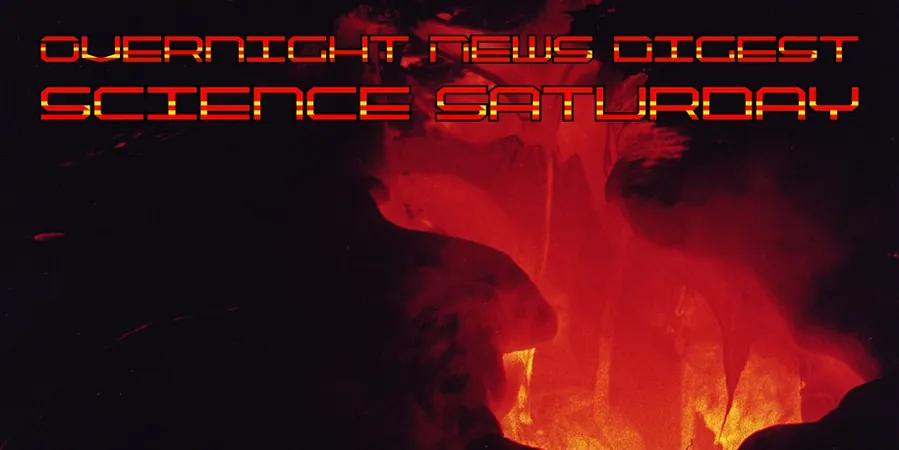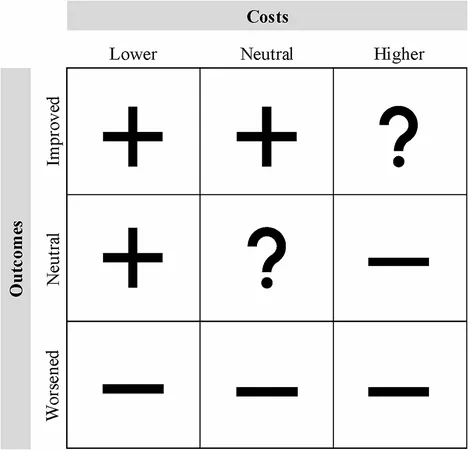
Groundbreaking Discoveries in Science: A Weekend Roundup for January 4, 2025
2025-01-05
Author: Arjun
Astronomers Unveil Ultra-Massive Galaxy Zhulong
Using the James Webb Space Telescope, astronomers have identified a remarkable cosmic entity named Zhulong, marking the discovery of the most distant grand-design spiral galaxy yet, with a staggering redshift of approximately 5.2. The galaxy, named after a mythical red solar dragon in Chinese folklore, boasts a mass comparable to our own Milky Way and is believed to have formed just one billion years after the Big Bang. Crucial findings suggest that Zhulong has a defined classical bulge and a large stellar disk stretching across 62,000 light years with distinct spiral arms. Its dual nature—hosting a quiescent core alongside an active star-forming disk—could challenge previous notions regarding galaxy maturity, implying that complex formations developed earlier in the universe's timeline than once thought. The results are available for review on the preprint server arXiv, igniting discussions on the implications for our understanding of galactic evolution.
Major Editorial Board Resignations Highlight Scientific Publishing Crisis
In a significant shake-up, nearly the entire editorial board of Elsevier's Journal of Human Evolution has resigned, citing ethical conflicts with the publisher's practices. This mass resignation, the 20th of its kind since 2023, underscores growing discontent within the academic community regarding the business models employed by scientific publishers. The board’s heartfelt statement reflects their dedication to the journal over three decades, but they express a reluctance to continue under the current system, which they feel undermines scholarly integrity. This event raises urgent questions about the future of scientific publishing and its impact on research dissemination.
Innovative VR Technology Developed for Lab Mice
Cornell University researchers have made a groundbreaking stride in animal research with the creation of MouseGoggles, low-cost virtual reality headsets specifically designed for laboratory mice. By providing an immersive environment while simultaneously monitoring brain activity, these goggles push the boundaries of how animal behavior can be studied without compromising experimental integrity. Early tests show that mice exhibit natural behaviors—as if interacting with a real predator—when shown virtual threats, suggesting that these goggles could broaden the horizons for neurological studies and shed light on conditions afflicting both mice and humans alike.
Startling Links Between Microplastics and Human Health Uncovered
A disquieting study conducted by Zhejiang Agriculture and Forestry University highlights a potential connection between microplastics and various health conditions, including inflammatory bowel disease and cancer. Analysis of existing research reveals that microplastics have been found in numerous human tissues, with higher concentrations identified in lesions. While the exact nature of the relationship remains ambiguous, with questions surrounding whether microplastics exacerbate conditions or if they simply accumulate in damaged tissues, this research calls for intensified scrutiny into the effects of environmental pollutants on human health.
Anticipating Generation Beta: A New Era Begins
As Generation Beta emerges in 2025, experts are keen on what this technologically immersed cohort will face. Unlike their predecessors, this generation is expected to navigate critical global challenges, including climate change and urbanization, with a nuanced approach to screen time thanks to Gen Z parenting. The anticipated behavioral shifts highlight the role of social media and technological engagement, sparking discussions on how future societal expectations will shape their upbringing.
Scientific Breakthroughs Reflecting the Wonders of the Universe
From the origins of fast radio bursts to uncovering ancient human migrations, remarkable progress continues in science. MIT astronomers have pinpointed the source of a fast radio burst—a transient event occurring from a galaxy 200 million light-years away—while new techniques using ancient DNA have reshaped our understanding of human movement across Europe. These developments along with numerous ongoing investigations into viral mutations, brain aging, and more underscore a pivotal moment in scientific discovery, pushing the boundaries of our knowledge.




 Brasil (PT)
Brasil (PT)
 Canada (EN)
Canada (EN)
 Chile (ES)
Chile (ES)
 Česko (CS)
Česko (CS)
 대한민국 (KO)
대한민국 (KO)
 España (ES)
España (ES)
 France (FR)
France (FR)
 Hong Kong (EN)
Hong Kong (EN)
 Italia (IT)
Italia (IT)
 日本 (JA)
日本 (JA)
 Magyarország (HU)
Magyarország (HU)
 Norge (NO)
Norge (NO)
 Polska (PL)
Polska (PL)
 Schweiz (DE)
Schweiz (DE)
 Singapore (EN)
Singapore (EN)
 Sverige (SV)
Sverige (SV)
 Suomi (FI)
Suomi (FI)
 Türkiye (TR)
Türkiye (TR)
 الإمارات العربية المتحدة (AR)
الإمارات العربية المتحدة (AR)